Has anyone ever bought ALL the furniture for a house at once? I’ve never known anyone who did that, and I don’t think you have either. Even leaving financial considerations aside, we most often acquire our furnishings at different times, from different places, and from different style sets. There’s also the fact that sometimes we grow especially attached to some items, which don’t get replaced for a long time.
So when it comes to getting your décor in order, you’re faced with a dilemma- put away that antique armchair that’s been passed down the generations because it doesn’t “fit the theme”, or leave it there, possibly ruining the ambiance you want the room to produce?
Well, it doesn’t have to be that way. When working on the interior decor of a space, you may not, at first, see any obvious hints to how things should be arranged to produce the “vibe” you want, but once you know a few simple things you get a starting point, and it all begins to make sense. You could say it’s like finding the end of a ball of thread.
I think that these seven basic rules can help you setup your décor to get the feeling you want from your rooms-
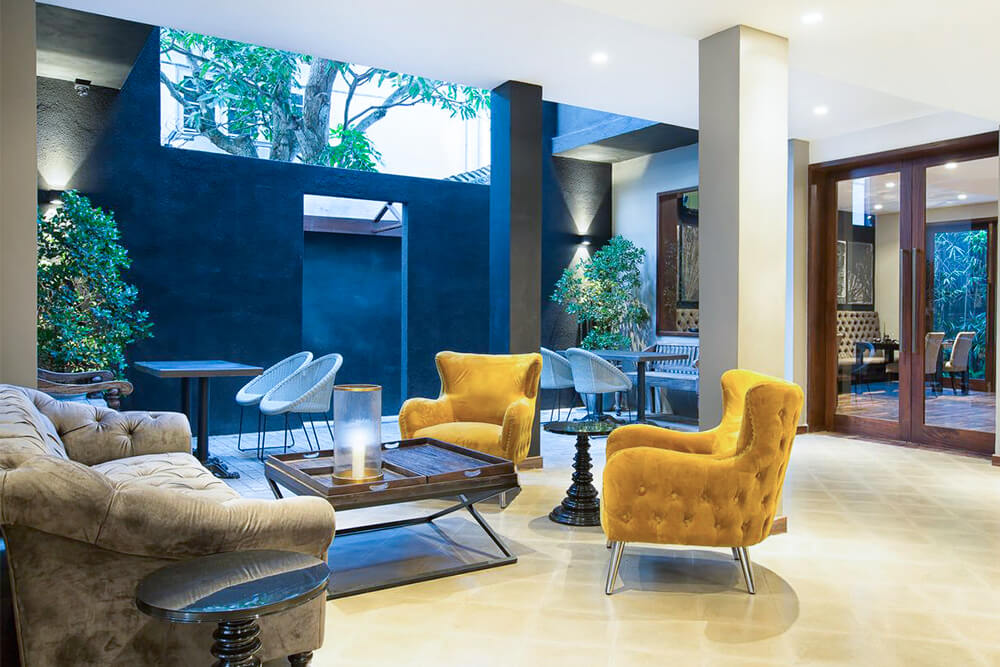
It’s easy enough to imagine a few main connections linking some of the most prominent elements in the space, but don’t give up on items that don’t seem to fit in. Much like the big imposing shapes of gothic architecture are complimented by the tracery within, imagine fine threads deviating from the main threads of the room. These threads, rather than following the main style strictly, allow the other elements to contribute to the allure of the pattern. The sweeping curve of a couch could flow to a round picture frame, which then links to a sculpture. Or a pair of large curved vases could resonate with an oval mirror. The trick is to make sure everything belongs where they are by making them a part of a larger pattern made up of several other elements.
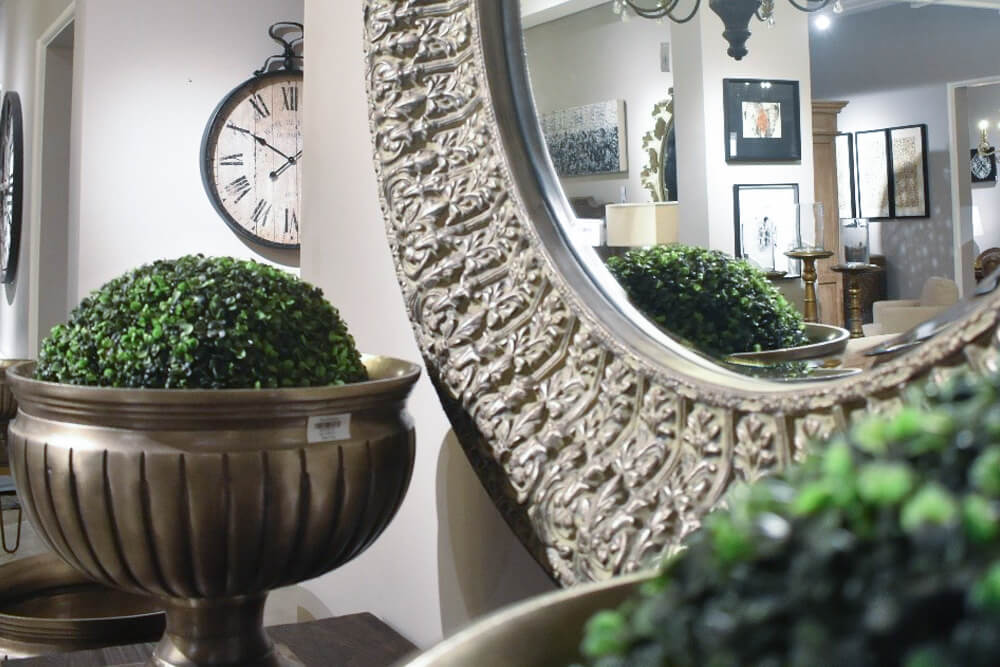
Much like linking patterns, also try to also link up elements by material. For example, if there’s a picture with a brass frame, place it in the room with a brass chandelier, or if you have a brass lamp and a table with brass legs, place them in the same room. Give each item a reason to be in that specific space.
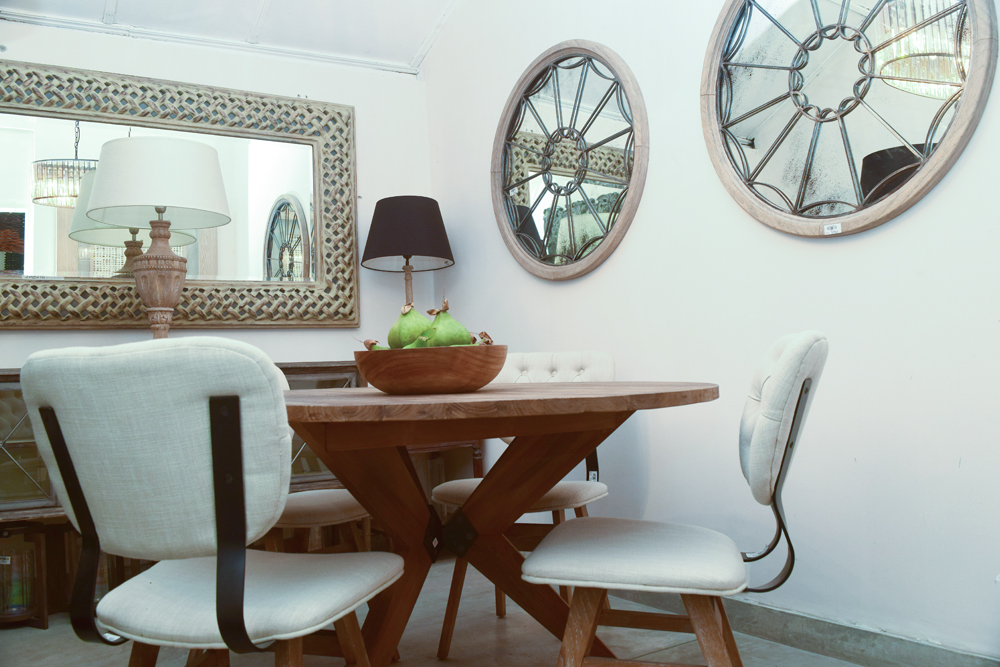
Just because a furniture item comes from a set with a different name doesn’t mean it can’t sit with some other item from a different set. If they have something in common, they could work together really well. For example, a chrome-legged coffee table would work with a wooden cabinet with large glass doors, even though some of their elements are in contrast. Strengthen these links some more by carrying the concept through the entire room- add another large wooden item like a cupboard, or add another chrome item such as a shelf.
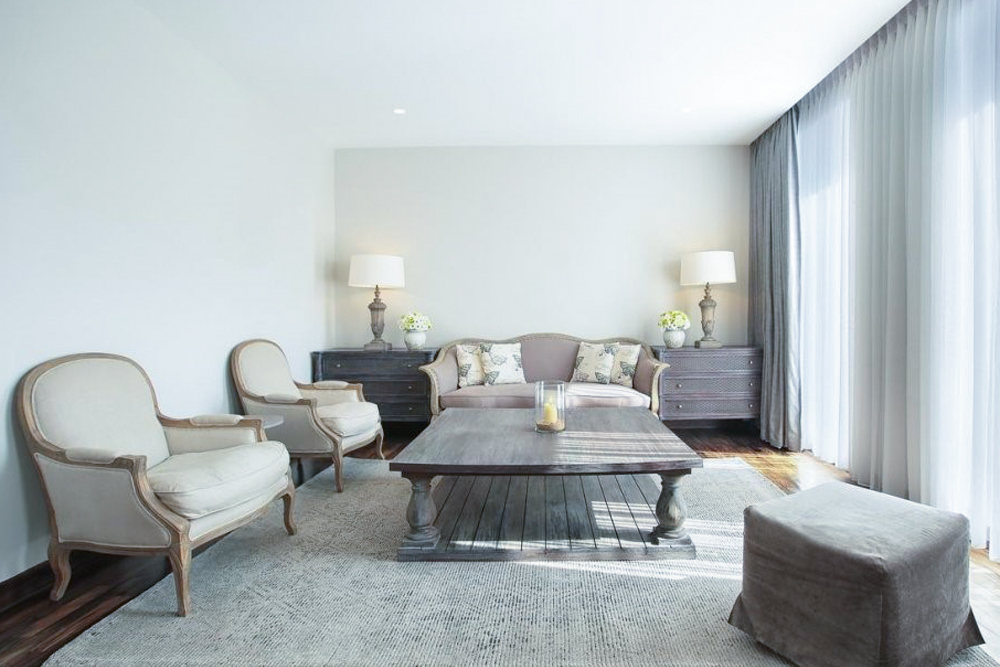
Restricting the color palette of a room to just a few shades will keep it from looking too busy and cluttered. Having huge variety in the form of a furniture selection from a whole bunch of styles might actually be an advantage here; letting you pick an item to suit the room in purpose AND colors.
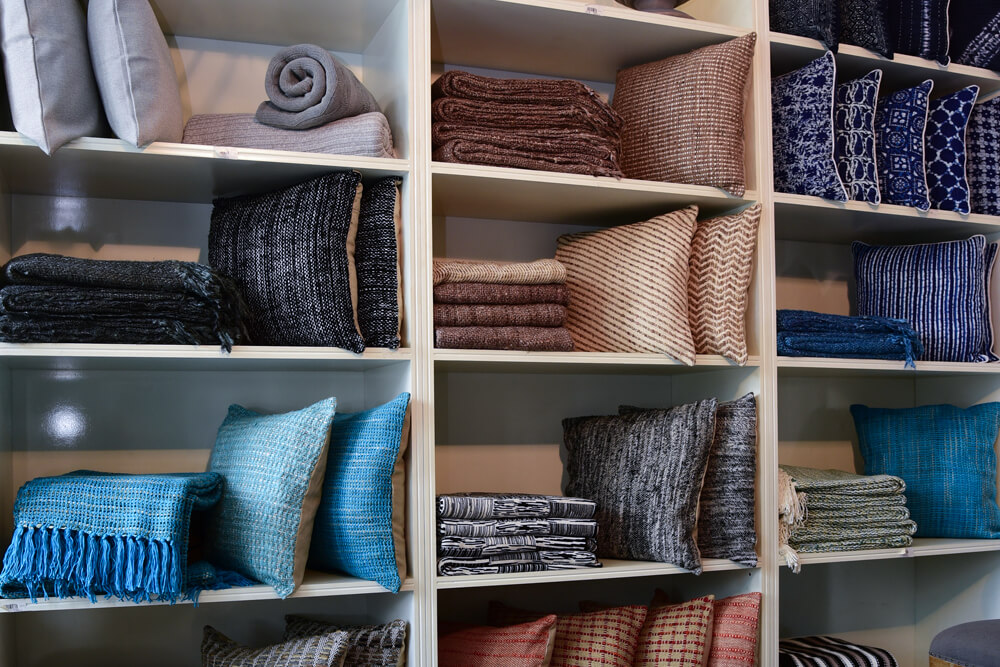
This is something which should be done in every room and space, no matter how many styles are there to be worked together. Use soft furnishings with varied fabrics, mix up glossy and matt textures. If there’s a patterned throw pillow, also add a plain one.
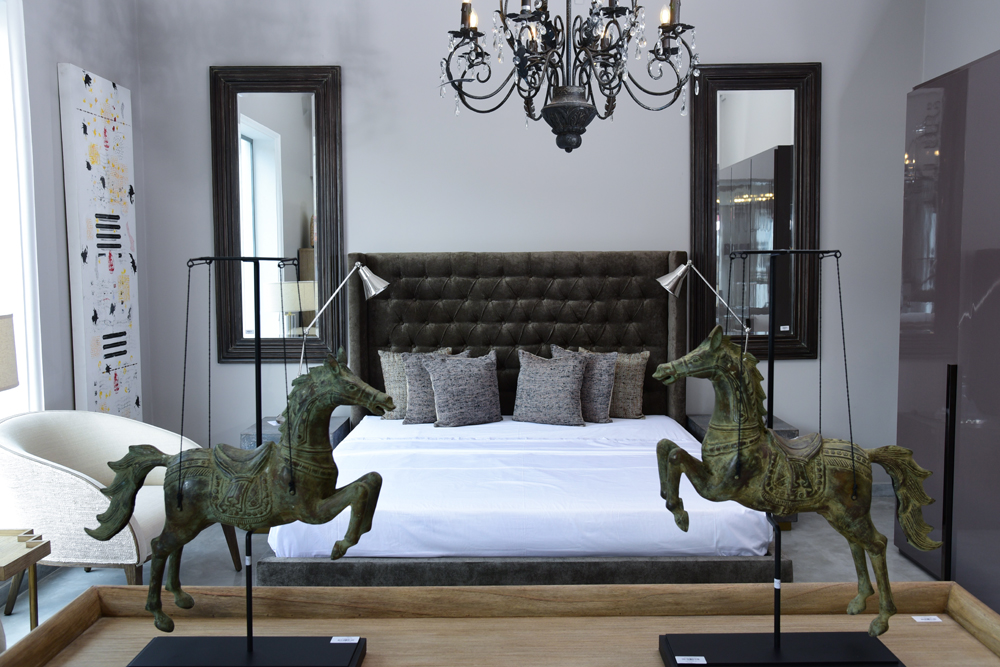
If you have a few prominent pieces you have fallen in love with, let them take center stage in each separate space- spread them throughout the house and don’t make them fight one another. Use the features of that item to “lead” the style of the room- match its colors, textures, shades and shapes to other elements in the room. This is another situation where having a mish mash of styles can actually be a good thing, as some styles are loud and boisterous and an entire room made up of a full complement of items from such a style can be overwhelming, whereas one or two pieces surrounded by simpler items can add just the right amount of drama to keep it interesting.
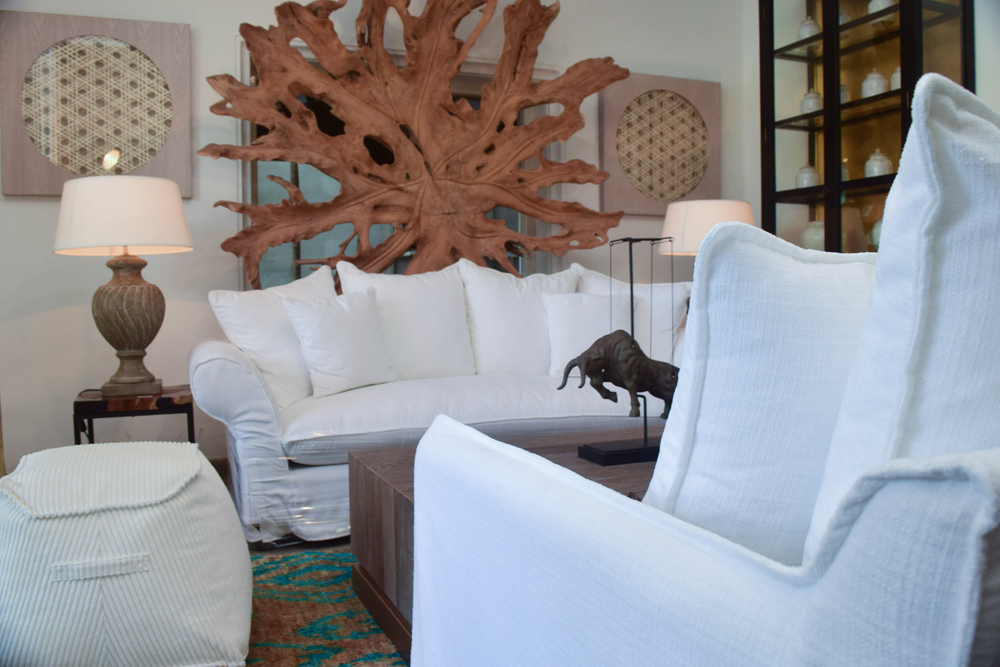
Some people manage to pull off great things using scale to add contrast, but it’s not as easy as the results suggest. It takes some experience and a certain artistic taste to balance the exact right amount of jarring, so you’re better off not trying it at all unless you’re sure you have it nailed. Use other attributes to generate contrast- such as colors, shape, and material.
That’s all I’ve got for now.
Got clever ideas for mixing up styles? Feel free to comment. Let us know if these tips helped you, also let us know if they didn’t!